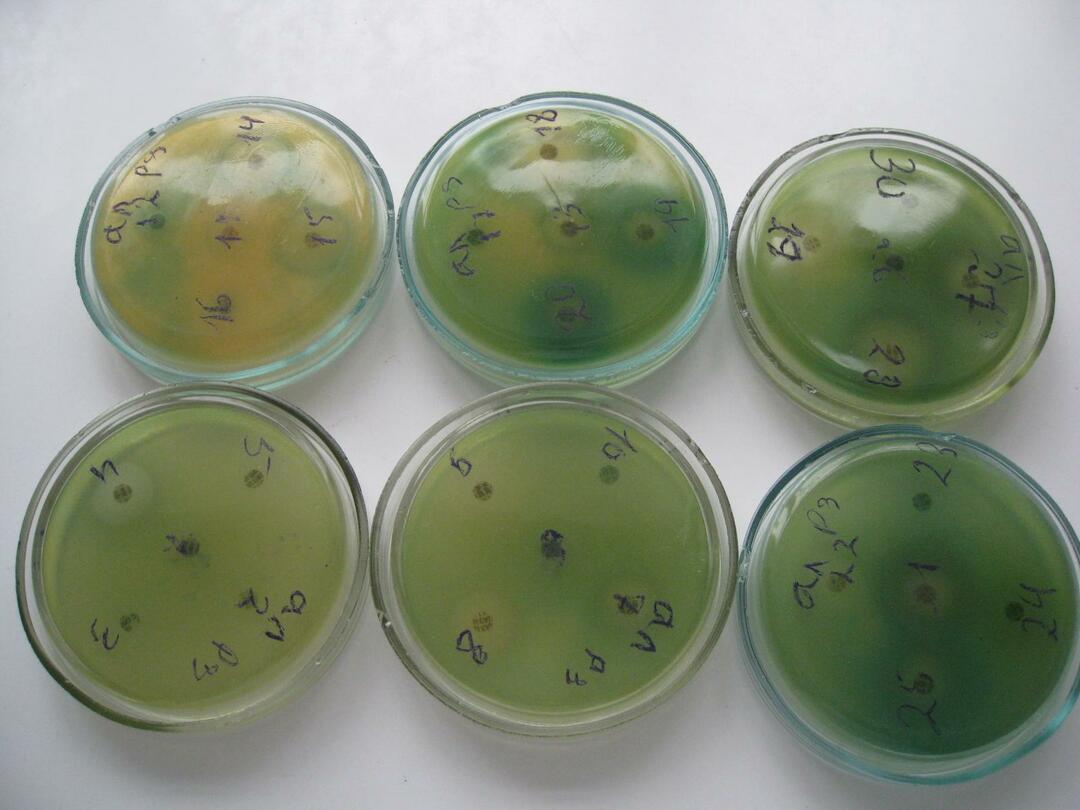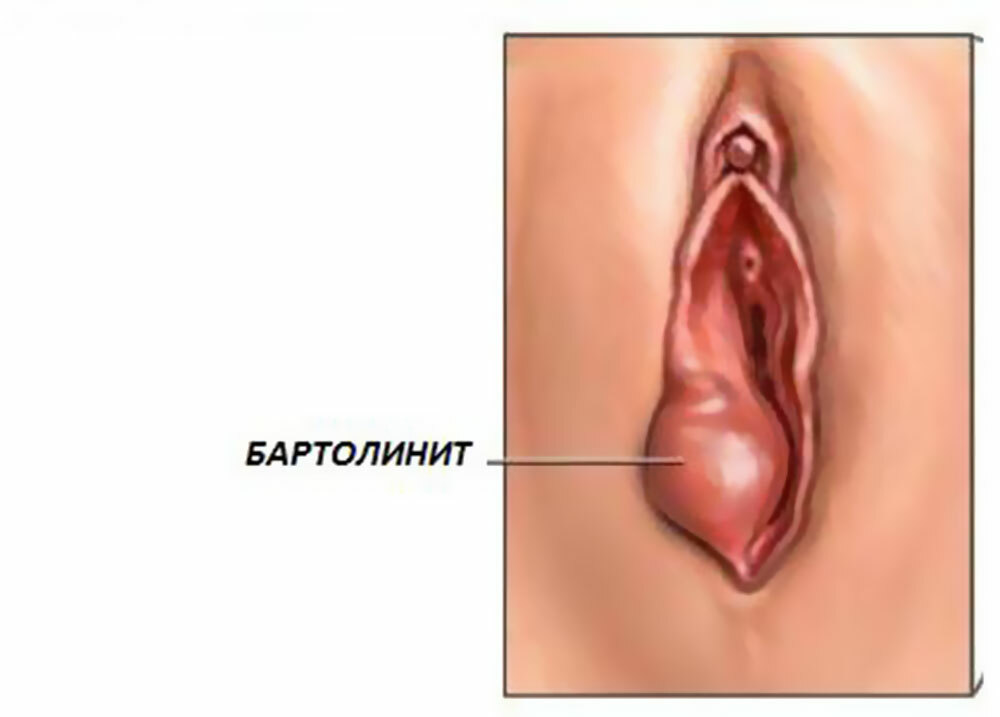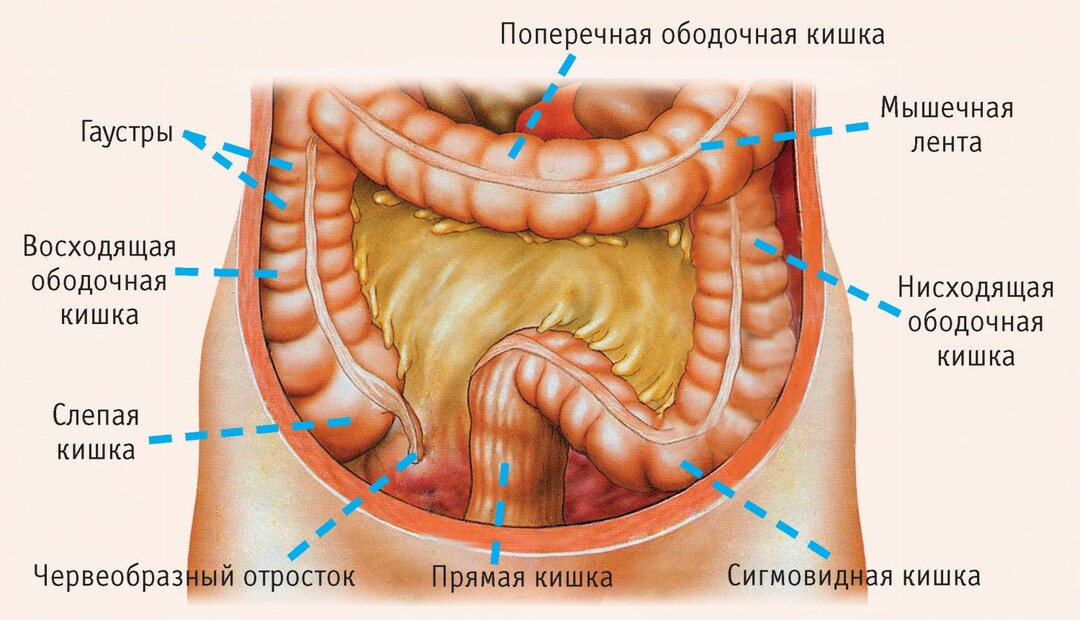Treatment of corns on the legs

Hemorrhages are areas of coarsened, thickened and dead skin. As a rule, honeycombs are formed to protect subcutaneous structures from friction, pressure, damage. The corns are gray or yellowish in color, they are less sensitive compared to the environment of the skin and quite hard to the touch.
On the soles of the foot, they form on the fingertips, on the heels and on the back of the finger. They are usually formed at the junction of the thumb and foot.
Hemorrhages - diagnosis and testing of
Hormones can be found during a physical examination. If there are footstools on the soles of the feet, you need to remove the shoes so that the doctor examines the patient's legs. If there are piles on elbows, the doctor will also consider the area with coarse skin.
As a rule, the doctor is obliged to ask the patient about the work, hobby and the kind of shoes the patient wears. If there is a suspicion of problems associated with the bones of the feet, the doctor may prescribe an X-ray.
If the hardening appears outside the area where the osseous part of the foot bulges, and the cause of its appearance is not friction, then the doctor will identify other causes, including skin cancer and hereditary disease. It should be reported that the patient has such diseases as peripheral arterial disease, diabetes or peripheral neuropathy. Such conditions can directly influence the choice of the method of treatment.
Hemorrhages - treatment of
Usually, the napotypes do not need treatment in cases if they do not cause pain. If, however, the patient is concerned about this hardening of the skin, then first remove friction and pressure, which may be the cause of corns. You can apply methods of foot care, choose comfortable shoes, use pumice and any non-prescription products containing salicylic acid.
In diabetic or peripheral neuropathy or another condition that can cause circulatory problems, you should first talk with your doctor before you begin self-healing on the feet.
Depending on where the burrs are formed, there are several effective methods of treating them:
- The doctor cuts the burrs, using a small knife.
- You can independently reduce the size of the corns, if you hold cnegy. In warm water, and then, scrape off the coarsened skin with a pumice stone. You can never cut the foot on your legs yourself, especially in cases of illness associated with blood circulation.
- You need to wear comfortable and spacious shoes, let the shoes have a wide sock. This can prevent friction between the fingers and reduce pressure on the soft corn. A thicker sole will soften the pressure on the corns on walking.
- You can use protective pads made of fabric "moleskin", and orthopedic insoles, which will prevent unnecessary ones.
- There are also protective pads. Such linings eliminate friction. For the corns, a small circle is cut from a soft-type fabric and inside it is a central circle cut from the main one. Get a pillow in the form of a wheel. That circle is applied to the corn, so that it is in the center.
- Or a metatarsal lining, placed under the fingers on the area near the large nataptysh. It will create a soft environment and eliminate pressure. The pads are made of rubber, felt and soft plastic.
- The doctor will help to arrange the pads in the right way.
- Salicylic acid is used to soften the natropids, and then this area needs to be gently rinsed with pumice stone. In general, doctors do not advise using salicylic acid because it can damage the outer surrounding area of intact skin. Therefore, it is necessary to try not to spread salicylic acid beyond the limits of corns.
- As inserts for shoes it is better to use metatarsal - they allow more or less evenly distribute the load on the rise of the arch of the foot mass of the body. And athletes can use orthopedic inserts in shoes.
Operation
Treatment of corns with the operative method is extremely rare. However, if the cause is bone structure, for example, in cases with a hammer-shaped toe or bursitis, surgery may definitely be required. It is performed in order to remove or change bone formation. If the previous methods are unsuccessful, then the doctors propose an operation. Sometimes the skin is joined between the bases of the fingers - the formation of the membrane prevents the appearance of calluses or corns.
Methods of prevention and treatment on the feet of corns
To prevent the formation of corns, it is possible by reducing the pressure and pressure on the skin of the feet. To do this, you should wear only comfortable shoes for a long time. In addition, you need to look for socks that fit in size. As a rule, loose socks can clap and press on toes. When working with a shovel, wear special soft gloves. It is also necessary to use protective devices in cases where friction affects other areas of the body. If you have to tinker in the flower beds on your knees, then you need to wear knee pads.
Things to think about
By reducing puffy with pumice, you need to be very careful. If you remove too much or go too deep, then there will be a bleeding with a risk of infection. Therefore, rubbing the feet with pumice stone should be done gently, without excessive pressure.
Some pads for calluses and corns contain medicine. As a rule, this can contribute to excessive mitigation of the callus and cause an undesirable infection. Therefore, this type of pads is best not to use
. If a hump or callus on the foot hurts and hinders, it may be necessary to visit an orthopedic doctor specializing in the treatment of foot disease.
So, the disease of the feet and the appearance of the burrs can cause anxiety, so it is better to prevent their occurrence in advance.



